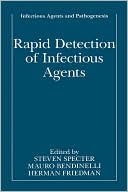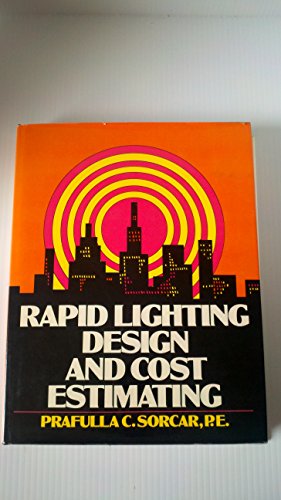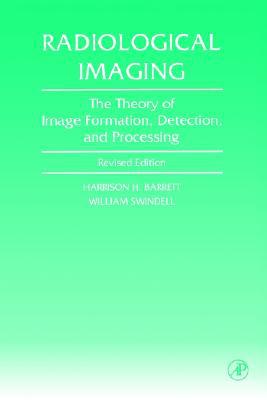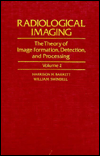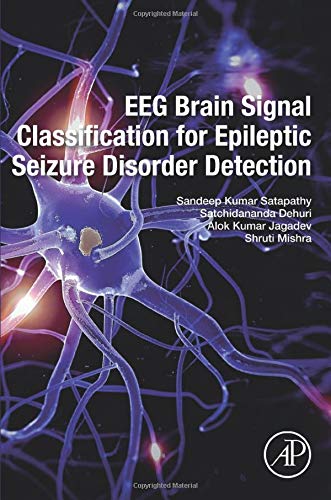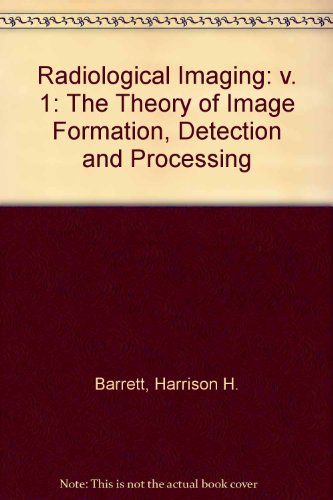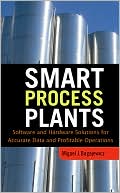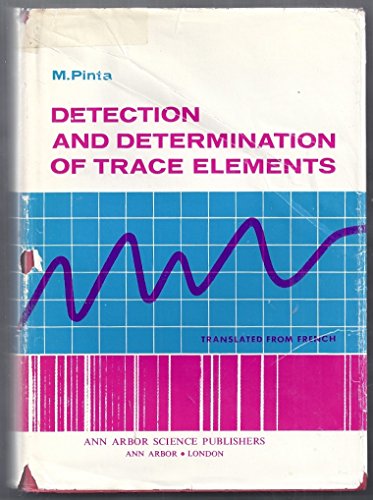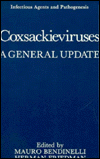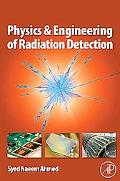Rapid Detection of Infectious Agents (Infectious Agents and Pathogenesis)
busy Clinicians And Health Practitioners Recognize The Importance Of Speedy Detection Of Pathogens To Impede The Further Spread Of Infection, And To Ensure Their Patients' Rapid And Complete Recovery. This Reader-friendly Reference Is A Unique Collection Of The Newest And Most Effective Diagnostic Techniques Currently In Use In Clinical And Research Laboratories. Instructive Commentary Regarding The Application Of These Often Complex Methods Is Provided. This Essential Text Aids Readers In Selecting The Most Efficient Method, Finding The Necessary Resources, And Avoiding The Most Common Pitfalls In Implementation.
joanne M. Bartkus
this Compilation Of Chapters By Different Contributors Documents Advances In A Diagnostic Field Which Have Led To More Rapid Or More Efficient Detection/identification Of Infectious Agents. The Broad Areas Covered Include Immunologic, Cell Culture, And Molecular Amplification Techniques For The Detection Of Predominantly Viral And Bacterial Agents. The Purpose Is To Provide A Basic Understanding Of Recent Advances In Rapid Detection And Identification Of Infectious Disease Agents. Because The Field Of Diagnostics Is Itself Advancing Rapidly In A Number Of Different Areas, It Is Necessary To Make Researchers And Clinicians Aware Of The Variety Of Diagnostic Options And Research Tools Available, The Basis For Those Methods, And Their Potential Applications. This Book Is Targeted At A Diverse Audience, Including Clinicians And Experimentalists. As Written, It Is Appropriate For Clinical Microbiologists And Other Medical Professionals Who Have An Interest In Or Need For An Overview Of Advances In Diagnostic Methods, But Who Do Not Require An Exhaustive Tutorial. A Basic Introduction To A Variety Of Rapid Detection And Identification Methods For The Diagnosis Of Infectious Diseases Is Presented. Methods Covered Include Immunologic Detection, Flow Cytometry, Use Of Genetically Engineered Cells For Viral Culture, And A Variety Of Molecular Techniques Including Amplification-based Methods, Ribotyping, And Pulsed-field Gel Electrophoresis For Molecular Subtyping. Each Chapter Includes A Brief Description Of The Particular Methodology, Its Current Utility, And Future Applications. Descriptions Are Brief, But Sufficient To Provide The Reader With A Working Knowledge Of The Method And Itsapplications. Although Adequate As An Overview Of Selected Technologies, Especially Amplification Methods, A Reader Searching For A More Exhaustive Review May Be Disappointed. In Keeping With The Stated Goals, This Book Provides Enough Information To Understand The Methods Described And Their Applications, Without Providing An Exhaustive Review Of Each Topic. Because It Is Not Intended To Be A Reference Manual, However, It Would Not Be Suited For Researchers Or Clinicians Looking For Instruction On How To Perform The Methods Described. Although A Good Overview Of Molecular Methods Is Presented (many Of Which Have Been Reviewed Previously) The Uniqueness Of This Book Is Found In Its Review Of Those Methods That Have Been Less Well Described And With Which Many Clinicians And Researchers Are Less Familiar (for Example, Applications Of Genetically Engineered Cell Lines Flow Cytometry For Viral Detection).
| Name in long format: | Rapid Detection of Infectious Agents (Infectious Agents and Pathogenesis) |
|---|---|
| ISBN-10: | 0306458489 |
| ISBN-13: | 9780306458484 |
| Book pages: | 240 |
| Book language: | en |
| Edition: | 1998 |
| Binding: | Hardcover |
| Publisher: | Springer |
| Dimensions: | Height: 9 Inches, Length: 6 Inches, Weight: 2.6014546916 Pounds, Width: 0.69 Inches |

